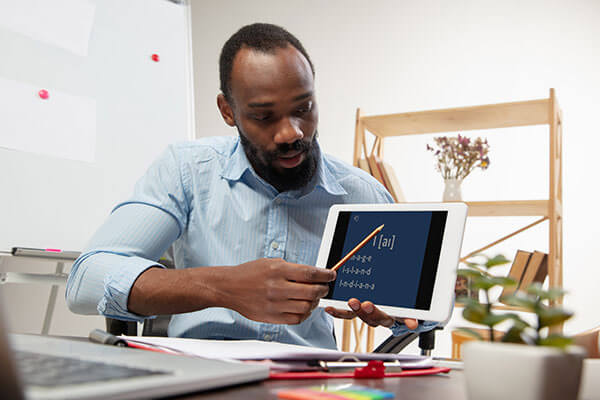Every child learns differently. This individual process is affected by a range of factors, including prior knowledge, ability and motivation. It is also dynamic and changes over the course of someone’s lifetime. So what can teachers do to accommodate the needs of each individual student?
If you are a teacher, you probably know that not all students respond equally well to the same instruction. Some students are able to solve a problem on their own, whereas others may need more guidance. One promising approach to meet the individual needs of students is adaptive teaching.
In adaptive teaching, the teacher’s role is to monitor each child’s learning and to adjust instruction as necessary. The more competent a student becomes, the less guidance the teacher needs to provide.
A variety of methods have proved effective in this context. Project-based learning, classroom discussion, cooperative learning, and demonstrations, as well as using diverse learning materials, are all examples of methods used in adaptive teaching.
This sounds great for students, but what about the teacher? Doesn’t this approach place an enormous burden on them?
Watch this video to learn about ways to make adaptive teaching a reality – while ensuring that teachers have the support they need – and why adaptive teaching implies rethinking the nature of teaching and learning in schools.


